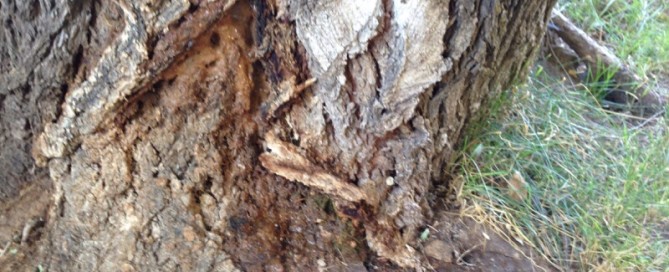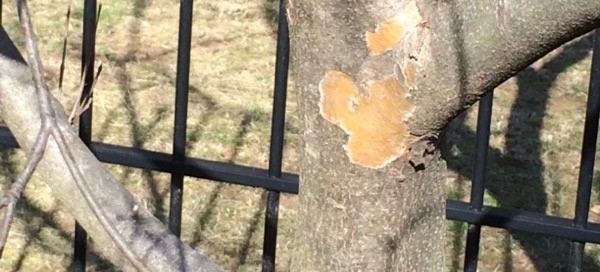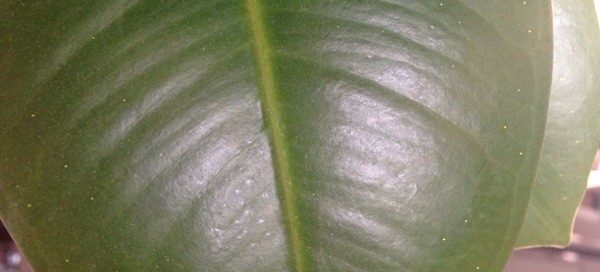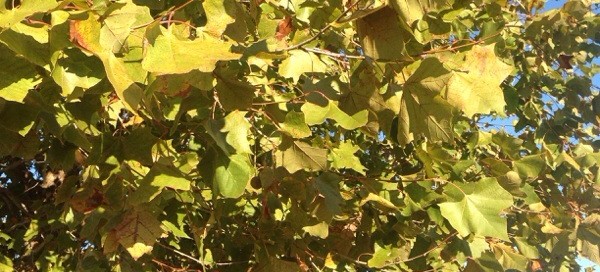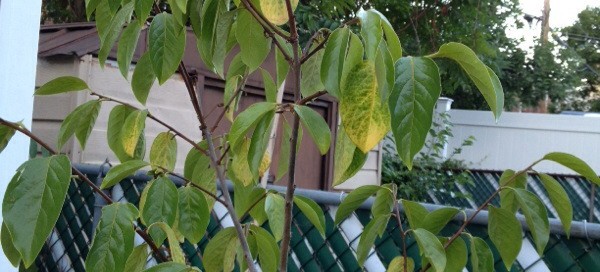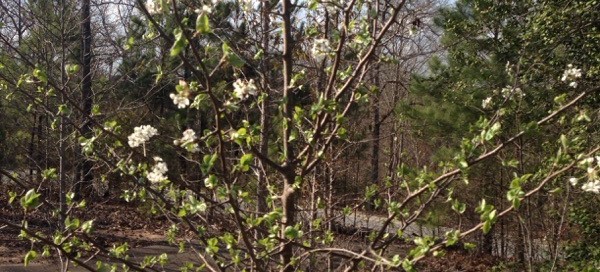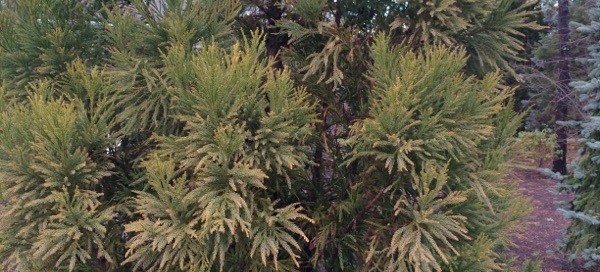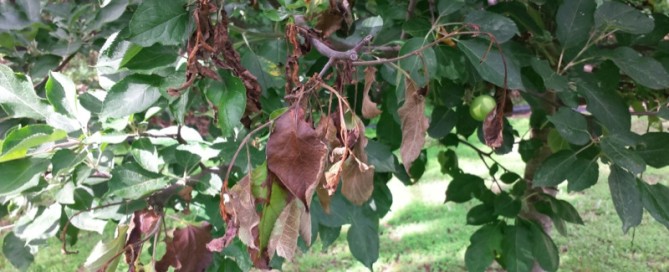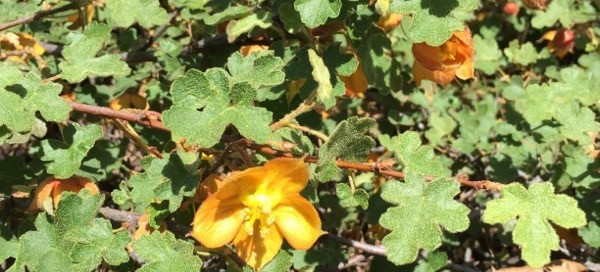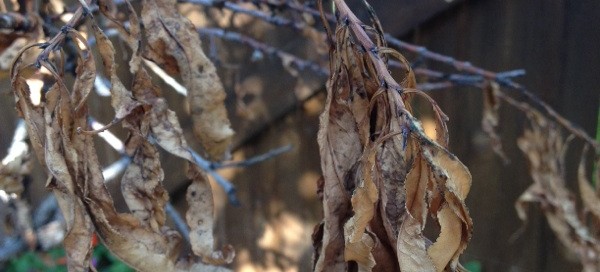Elm Tree Leaking
This may be slime flux, often called bacterial wet-wood, is a bacterial disease found in many different types of trees. In some trees, particularly willow, this disease results in a white to gray foam that bubbles out from under the bark. In other cases, as with elm and cottonwood, infection results in wet gray to brown areas on limbs and trunk.
This appears to be a good sized tree, and you said more than one is doing this. We've included a link to in depth information from your local extension office and suggest you call them, or a certified arborist to discuss the best way to deal with this. While it may not kill the tree, it may make it unstable.
http://utahpests.usu.edu/IPM/htm/ornamentals/landscape-insects-and-diseases/slime-flux
